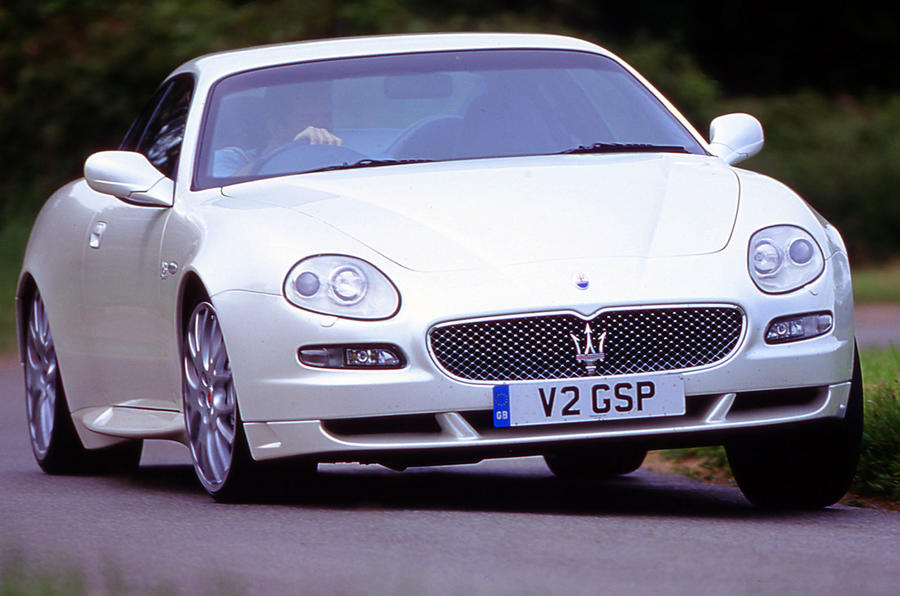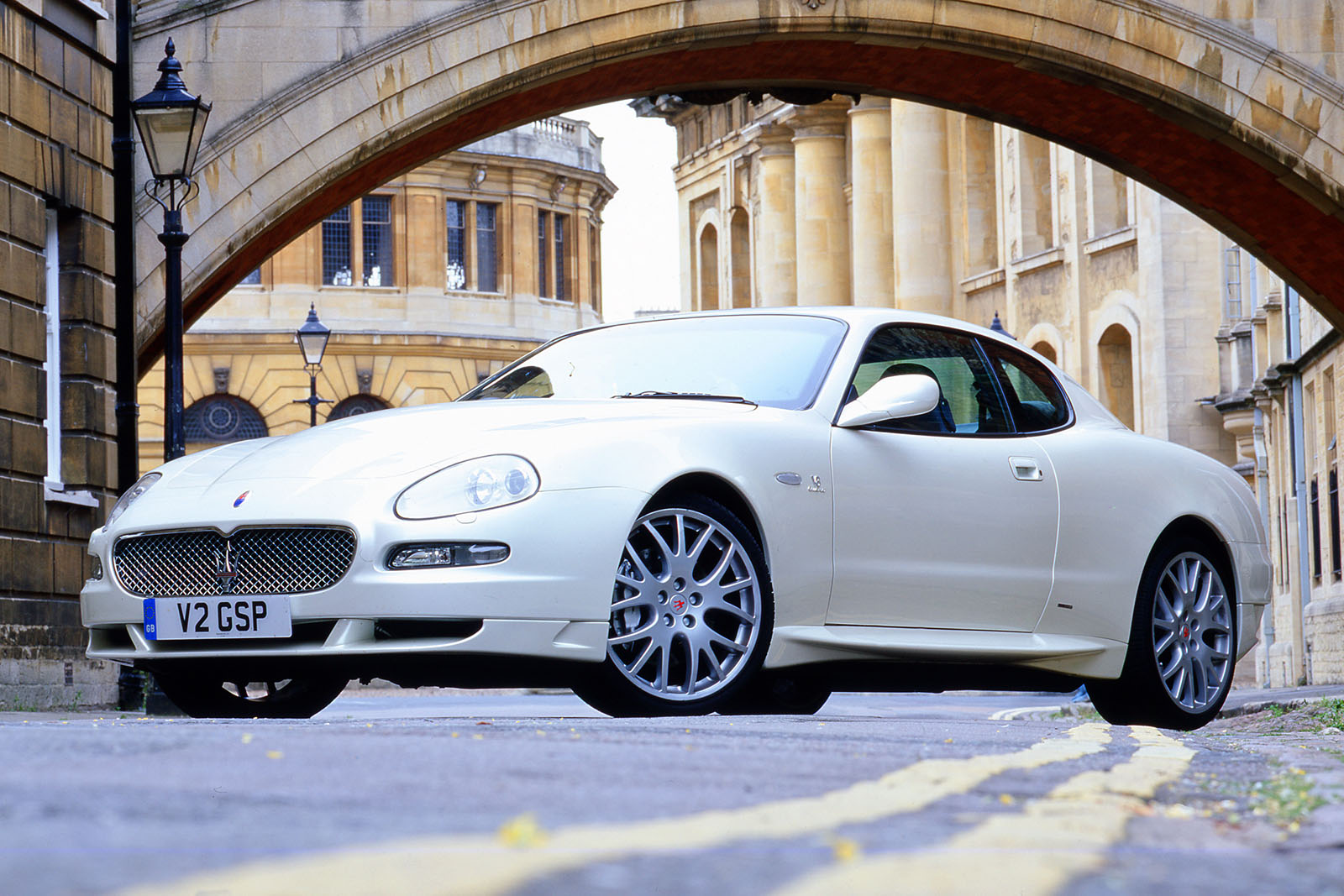Before we begin this used review, we should point out that you can buy a Maserati Gransport coupé with only 30,000 miles on the clock from a reputable dealer for £20,000.
Repeat: twenty thousand pounds for an authentically Italian, rear-wheel-drive, 2+2 sports car trimmed in fine leather and carbonfibre and powered by a near-400bhp 4.2-litre cross-plane Ferrari V8 for 0-62mph in 4.8sec.
Writing about the Gransport Spyder back in 2006, Autocar said: “It is a mightily stirring and fast car. The steering is incredibly quick-witted and in Sport mode it corners flatly, grips strongly and accelerates through the upper rev range with incredible urgency.
"In fact, when the glorious Maranello-made engine is burbling deliciously in your ears, you’re drinking in the classy ambience of the tactile cabin and there’s nothing but smooth, empty mountain asphalt to tear along, few cars make a more persuasive case for themselves.”
Having been given the go-faster Gransport treatment, Maserati’s sleekly styled sports car got a howling V8 knocking out 395bhp at 7000rpm. This made it slightly more than the then Porsche 911 Carrera S, albeit down on the 474bhp churned out by the 6.3-litre V8 Mercedes-Benz CLK 63 AMG.
But never mind that: as was the case when the Coupé got the Gransport treatment, the Spyder was improved in other ways, too.
It got Maserati’s Cambiocorsa paddleshift gearbox, which had been tweaked for faster shifts, as well as an extra helping of leather and carbonfibre lavished on the interior, deeper front and rear valances filled with dazzling chrome grilles, side sill extensions, chromed exhausts and 19in alloy wheels.
































